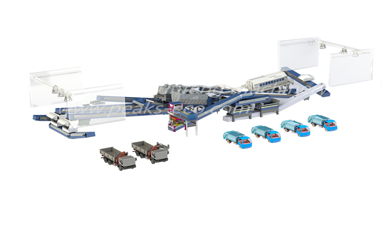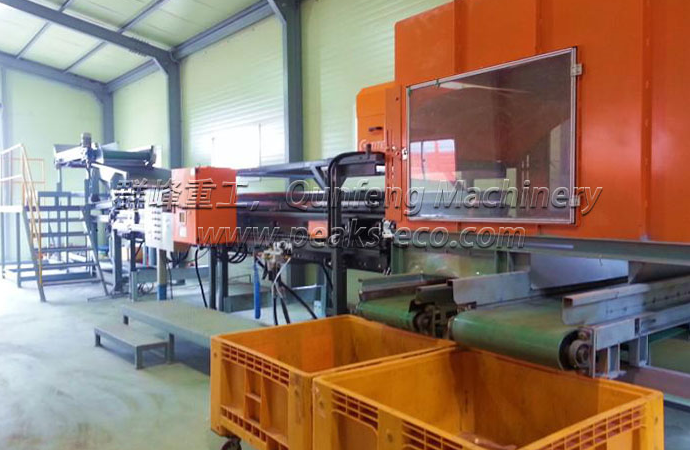Municipal solid waste, also known as garbage or trash, is a harmless disposable material produced by households, institutions, industries, agriculture, and sewage. It is composed of waste, organic matter, and recyclable materials, and its disposal is supervised by the municipality. Usually, municipal solid waste is collected, separated, and sent to landfills or urban recycling centers for processing.
Want to know more?
As society changes, the composition of municipal solid waste has also changed. In the past, this community’s waste included ash, wood, bone, and vegetable waste. The dump is mainly filled with pottery or tools, and since early humans would use most degradable things to feed livestock or let them rot, these things can no longer be repaired. With the development of society, the waste generated by the community has become more complex, introducing metals (copper, aluminum, and steel), plastics, and hazardous substances. Changes in waste composition have led to the introduction of waste programs, including recycling, organic matter, and landfill, which have all been improved to protect the environment from pollution.
We have a Municipal Solid Waste machine. As one of the world's leading system integrators, Qunfeng knows how to divide municipal solid waste into valuable recyclable waste on the one and high-quality RDF (refuse-derived fuel) on the other. With the increasing regulatory pressure on landfills and the active search for alternative energy sources, obtaining energy from waste has become an important solution.
At Qunfeng, we are committed to recovering valuable recyclables and energy from municipal waste. The purpose of this device is to separate, sort, and process valuable commodities such as RDF, plastic containers, PET, Tetra Pak, and glass while minimizing the proportion of waste sent to landfills.


没有评论:
发表评论